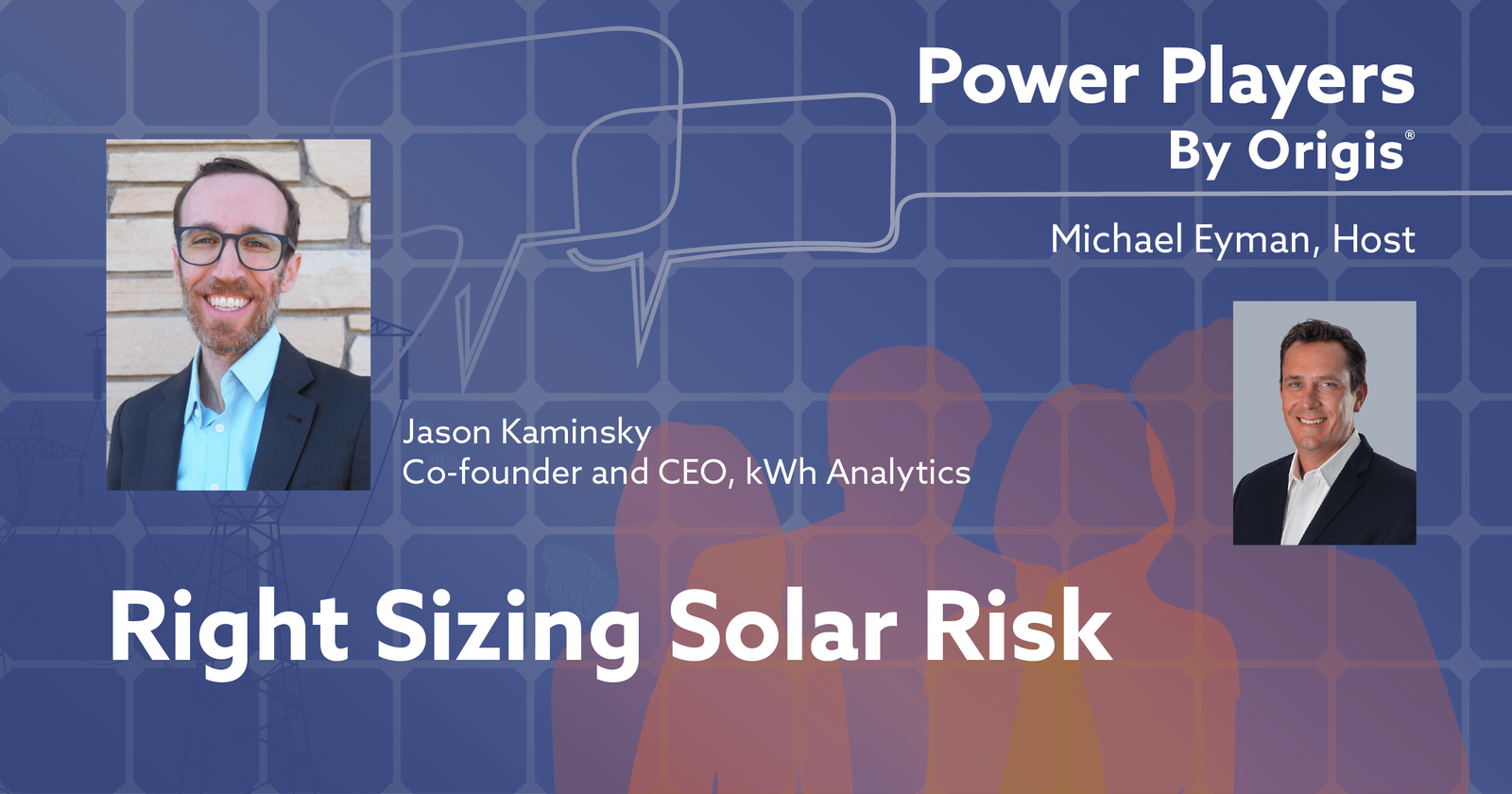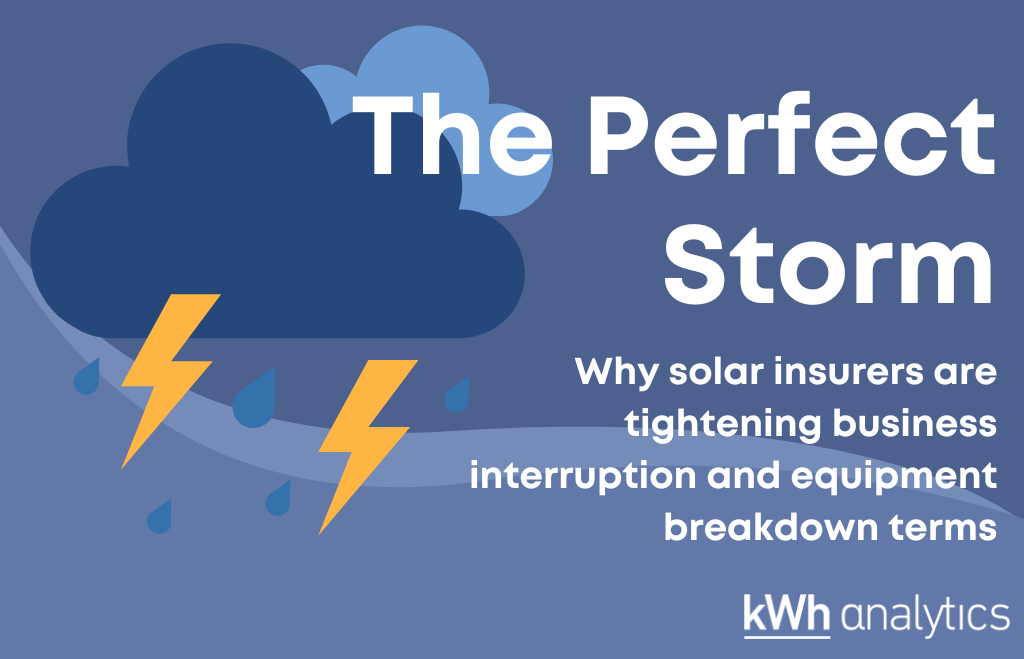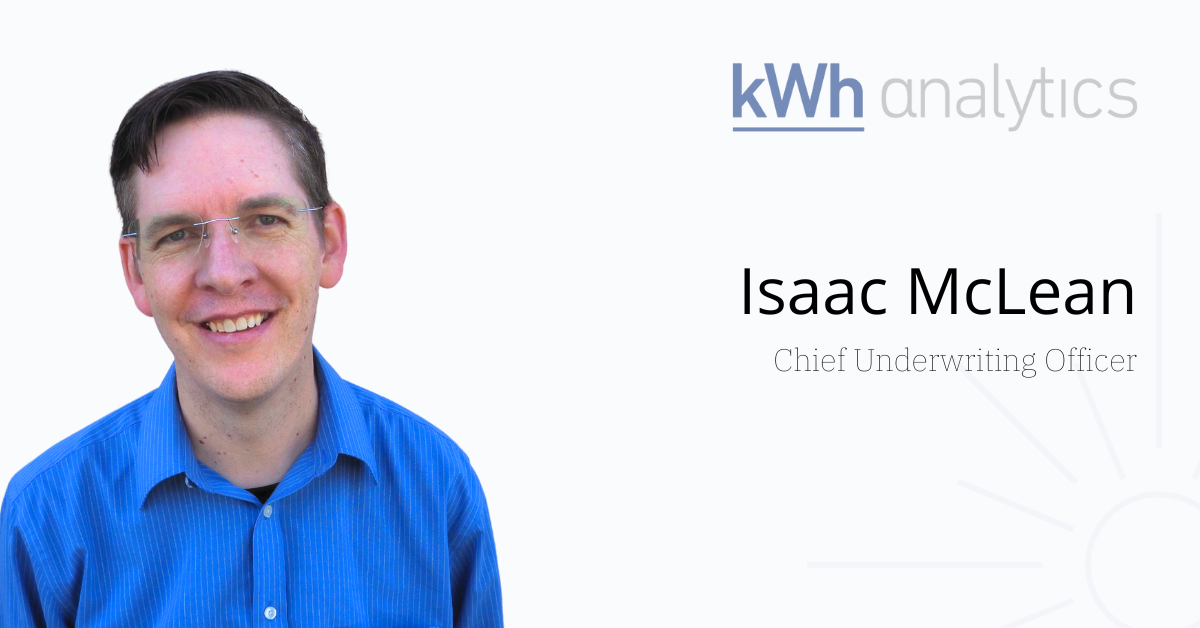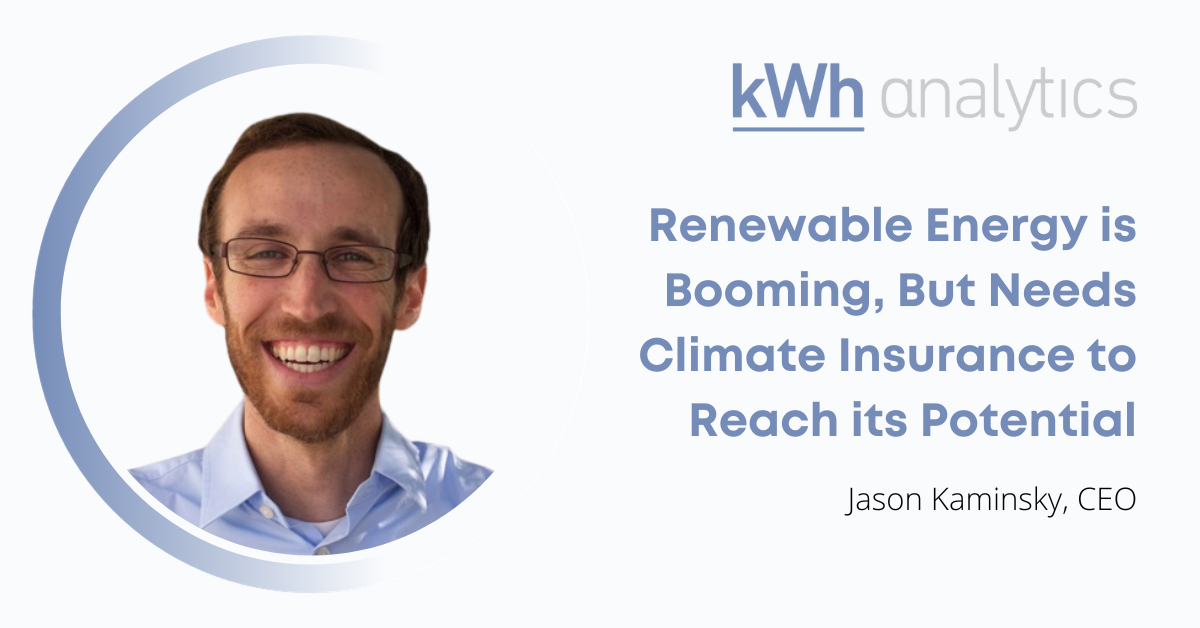Originally published on PV Tech
By Bobby McFadden, kWh Analytics, and Matt Shively, Brown & Brown
The renewable energy industry is facing a perfect storm of factors leading to tighter business interruption (BI) and equipment breakdown insurance terms. Supply chain disruptions and lagging equipment lead times have increased the tail risk of losses and exposures for insurers.
As a result, waiting periods before BI coverage applies are being increased from 15 days to anywhere between 45-90 days. Insurers are also scrutinising indemnity limits and revenue cycle assumptions. Indemnity periods are commonly limited to 12 months and in addition to insurer scrutiny, that limit is no longer sufficient given lead times for certain pieces of equipment.
Lengthy equipment lead times are exacerbating BI exposures, and carriers are becoming wary as a result. Essential solar equipment, such as transformers, inverters, panels and other electrical equipment, often have lead times of a year or more. Insurers are finding that BI losses comprise a larger percentage of the overall claim amount, and in some cases significantly exceed the physical damage portion of the claim. Insurance carriers are rightly concerned about their total potential exposure with BI losses accumulating for months while customers wait for equipment.
The situation is further exacerbated by the fact that even with a relatively small loss, the challenges of recovering to original operations are much greater.
Product instability
During a loss event, asset owners must consider a number of factors, beginning with modules. With the rapid development of worldwide solar, most manufacturers are back-ordered one to two years. Panels coming off the manufacturer’s line today are often not the same panels from five years ago, or even last year. Equipment manufacturers are offering new products to achieve higher generation output, which often have different electrical characteristics and differences in the physical footprint of the module.
The instability in product availability makes the true risk of a time element coverage substantially more volatile. Secondary panel markets are available but are difficult to navigate, not only in finding panels but also in the logistics of receiving supply.
Meanwhile, for racking, variations of panels often require new fasteners and may have mismatched loads on trackers and dampeners. Different panel size or format may require different panel spacing to prevent backshading. Often, damaged panels are not isolated to specific racks or strings, which requires a redistribution of undamaged panels. A change in panel size may also affect the racking’s wind load rating and coefficient of turbulence intensity.
An asset owner should be cognisant that decisions made when reducing a BI claim may directly impact their projects’ vulnerability to hazards. When done well, this will reduce the BI loss and improve the overall property damage risk to the asset.
Older solar systems utilise 600V or 1,000V architectures, raising questions about the availability of inverters and control stations, while more modern solar projects utilise 1,500V equipment. Higher voltage modules will typically require modern inverters. Having multiple inverters on site will require additional integration into transformers and control equipment.
Variations in hardware maintenance schedules and procedures include variations in monitoring and cleaning, which can affect operations and maintenance (O&M). This variation complicates the O&M service requirements. Spare part inventories may require a diversity of equipment not originally contemplated, all to be maintained and catalogued, and may present a new line of technical information letters and memoranda to monitor.
Finally, most operators do not have staff on hand with the knowledge of the most efficient reengineering options, nor the skilled and licensed team to implement the final replacement of reconfigured hardware. This work is more difficult than simply designing a new site as it must consider integration and loss cleanup. Similar to the major aforementioned parts of a solar project, the higher levels of engineering required for some replacement contracts are also in high demand and low supply.
As a result, those with claims need to review the increased cost for expediency with coverage extensions offered under their policies and contrast those costs with the indemnity basis of their BI coverage.
New policy directions
Insurers are also re-conceptualising how BI has been calculated on their policy forms. Some insurers’ policy forms apply the waiting period as a deductible which reduces the recoverable portion of the period of indemnity by that much, as the period of indemnity starts on the date of loss. In the case of a 90-day waiting period, there may only be nine months of indemnity instead of the 12 insureds may expect.
Although that may not be the intent of the underwriter, some claims have been adjusted on that basis. Seasonality of generation output also needs to be considered. Revenues for a project in the US during six weeks of the summer months may make up more than half the project’s annual revenues.
While there are some insurance solutions, such as the Solar Revenue Put, to protect against revenue fluctuations due to weather, traditional indemnity calculations use a monthly average throughout the year. Consequently, the annual monthly average may underestimate actual losses sustained.
Scheduled monthly indemnity limits with escalation clauses may help mitigate the underestimation but may not be available from every insurer and certainly require changes in structure and/or content in a statement of values, such as BI Values, which need to be provided broken down by month.
Insureds can take proactive steps to minimise these time element disruptions and reassure insurers through resilience and contingency planning. Having a repowering plan in place for older equipment and lining up alternative suppliers or parts for critical equipment is essential to reducing lead times. The more proactive planning and preparation done, the shorter the waiting periods insurers may allow. The key to managing BI risk in this environment is through resiliency in effort and design, and documenting proper contingency plans.
The importance of BI within property policies is only going to increase with the emergence of projects electing for the Production Tax Credit. As a result, BI limits are forecasted to increase significantly, putting relatively more exposure on operating risk for the carriers.
The renewable energy insurance market continues to tighten, and those who are reading this have probably felt those adverse effects. Working closely with brokers, risk management consultants, engineers, loss adjusters and carriers, insureds can develop plans to reduce supply chain vulnerabilities. It is increasingly relevant in disruptive times to operate proactively and cultivate transparent relationships with all parties whose interests are aligned with the same risk.
Bobby McFadden is an underwriter at kWh Analytics. Before joining kWh Analytics, he worked at Chubb for eight years in the commercial marine division, writing multi-line middle market risks throughout the United States. Prior to Chubb, Bobby worked at PwC for two years in audit services, earning his CPA licence. Bobby holds a B.S. & M.S. in accounting from Penn State University.
Matt Shively is an account manager with Brown & Brown’s Global Energy and Climate Tech Practice (formerly known as Beecher Carlson Insurance Services Global Energy Practice). Matt entered the renewables energy space in 2017 soon after receiving his bachelor’s degree in advanced chemistry from Oregon State University. He uses his scientific education and six years of experience to apply a unique attention to detail to how the renewables industry identifies, quantifies, mitigates, transfers and finances risk.







